Internet users have so many reasons to be enraged. We’re all subjected to data mining, fraudulent websites, fake news, auto-play videos, too many APTRDNTBA (abbreviated phrases that really don’t need to be abbreviated), and so much more. Somewhere near the top of that list has to be the annoying interruption that comes in the form of pop-ups, interstitials, and overlays.
- Pop-ups appear in a new browser window, usually in a smaller size, on top of the page you’re trying to access. They’re triggered by the amount of time you’ve been on a page or by your mouse traveling out of the current tab, signaling that you’re about to close the page. Luckily, most pop-ups can be blocked by your browser.
- Overlays, or interstitials, take over your screen, temporarily graying out the page you want to be on. After you click a link, an overlay may appear before your destination page loads, immediately after your destination page loads, or as you scroll. They can hijack your screen at any time, interrupting your browsing until you locate their close box. Overlays can’t be blocked by your browser.
Many websites use at least one of these forms of advertising, and their level of annoyance is based on how intrusive they are and how difficult it is to make them go away. Often, to close an ad, a user is required to click a line of self-incriminating text that says something like, “No thanks. I’m perfectly happy being an ill-informed knucklehead.”
Earlier this year, Google began penalizing sites with pop-ups and other intrusive ads, giving them a lower search ranking. Google’s definition, however, is a bit vague, saying pop-ups and overlays are okay if they fill a “reasonable amount of screen space.”
Before you start getting warm and fuzzy feelings about Google protecting your web experience, it’s worth remembering that Google makes a lot of money on advertising, so the ads they’re penalizing are ads from which they’re not profiting. Google doesn’t have any issue giving a good ranking to a website with ad banners plastered all over, as long as they’re getting a cut.
Happily, the trend is moving away from intrusive, in-your-face ads, and toward native advertising, in which products are promoted in a context which current and future customers will find useful or entertaining, blending form and function.
Online magazine, Apartment Therapy, recently had an ad sponsored by Hulu for The Mindy Project, which not only advertised the show, but promoted stores in which many of the items in Mindy’s apartment could be purchased. Most readers probably never knew they were looking at an ad.
Because native advertising blends into the media in which it appears, it makes an almost subliminal impact. A recent study found that consumers looked at native ads 52 percent more frequently than banner ads, and that translates into sales.
The ad experts at McFadden/Gavender understand native advertising. Our professional marketing team will spend a lot of time getting to know you and your goals. We’ll create advertising opportunities that allow us to target your ads to audiences who will be interested in your products or services and will want to know more. Give us a call and we’ll show you what we can do.



